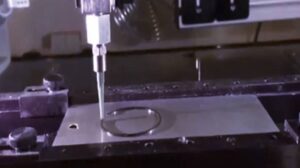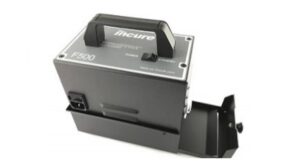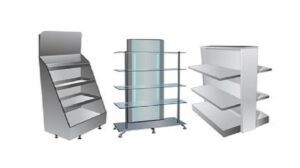In the world of crafting and assembly, adhesives are the unsung heroes, holding everything together. But sometimes, this silent hero can become a hidden villain – adhesive shrinkage. This seemingly minor phenomenon can wreak havoc on your projects, leading to warping, poor bonding, and aesthetic imperfections. Here, we delve into the science behind adhesive shrinkage and equip you with strategies to understand, minimize, and overcome this challenge.
What is Adhesive Shrinkage?
During the curing process, most adhesives undergo a slight volume reduction, known as shrinkage. This happens because the adhesive molecules undergo a transformation, packing themselves closer together. While this shrinkage might seem insignificant, it can have a significant impact on your project depending on the material and application.
The Effects of Adhesive Shrinkage:
Here’s how adhesive shrinkage can negatively affect your project:
- Warped Results: Uneven shrinkage can cause bonded materials to warp or bend, compromising the overall aesthetic and functionality of your project.
- Reduced Bond Strength: Excessive shrinkage can create tiny gaps between the adhesive and the bonded surfaces, potentially weakening the overall bond strength.
- Stress Cracks: In rigid materials, shrinkage can induce stress, leading to the formation of cracks on the surface or within the bonded joint.
Understanding the Culprits:
Several factors influence the degree of adhesive shrinkage:
- Adhesive Type: Different adhesives have varying shrinkage rates. Opting for low-shrinkage adhesives specifically formulated for your project can significantly minimize this issue.
- Curing Conditions: Temperature and humidity can influence the curing process and, consequently, the amount of shrinkage. Following the manufacturer’s recommended curing conditions is crucial.
- Application Thickness: Thicker adhesive layers tend to experience greater shrinkage compared to thin layers. Consider your needs and choose the appropriate application thickness.
Strategies to Combat Shrinkage:
Here’s how you can minimize the impact of adhesive shrinkage:
- Choose Your Weapon Wisely: Research different adhesives and opt for those formulated with low shrinkage properties. Many manufacturers specify shrinkage rates on their product information.
- Curing with Care: Always follow the manufacturer’s recommended curing temperature and humidity for optimal results.
- Apply Strategically: When possible, minimize the amount of adhesive used while ensuring adequate coverage. Consider techniques like double-sided tape for initial alignment before applying adhesive.
- Clamping and Pressure: In specific situations, using clamps or applying pressure during the curing process can help minimize shrinkage and ensure a stronger bond. However, ensure this won’t damage your materials.
- Test and Experiment: For critical projects, conduct small-scale test bonds to evaluate the shrinkage behavior of the chosen adhesive with your specific materials.
Conclusion:
Adhesive shrinkage might seem like a minor technicality, but understanding its causes and consequences can elevate your crafting and assembly skills. By implementing these strategies, you can choose the right adhesive, follow proper curing practices, and minimize shrinkage, ensuring your projects are strong, beautiful, and free from warping or stress cracks. Remember, a little knowledge goes a long way in keeping your projects perfectly bonded!




